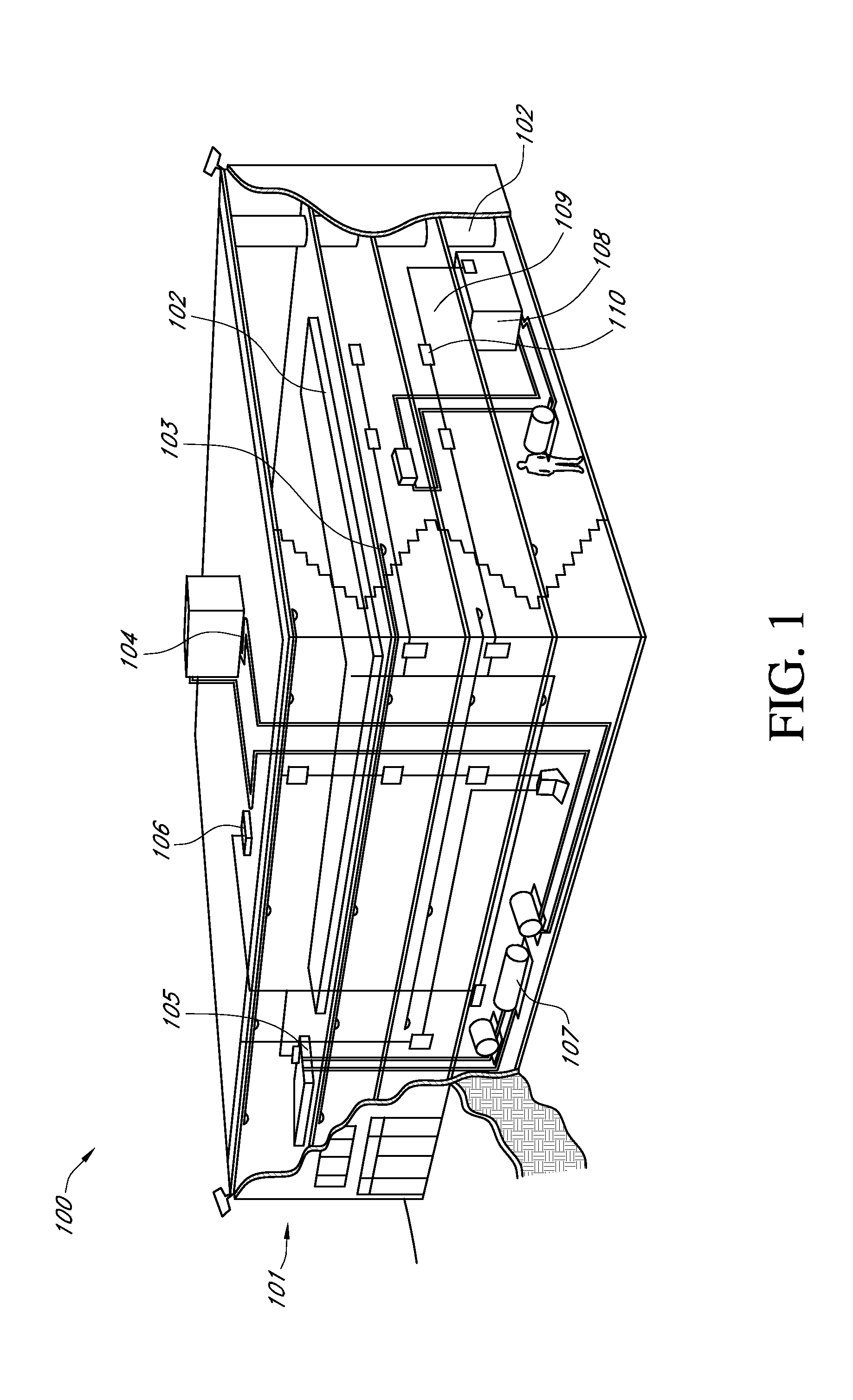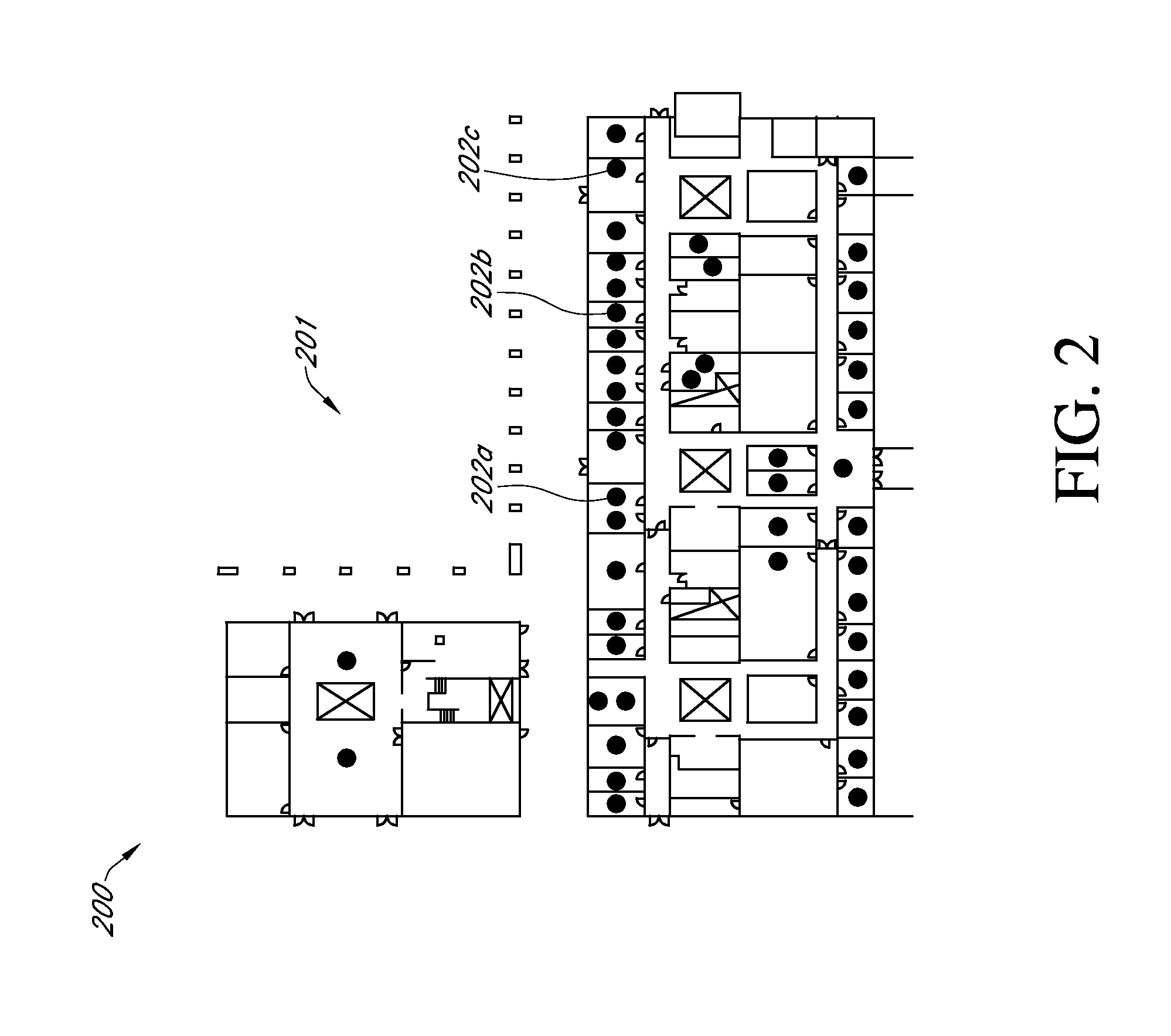Systems and methods for analyzing building operations sensor data
a sensor data and building technology, applied in the field of systems and methods for analyzing building operations sensor data, can solve the problems of dramatic change in situation, relatively long time and length scale of such technologies and tools, etc., and achieve the effect of a comprehensive perspective of building behavior
- Summary
- Abstract
- Description
- Claims
- Application Information
AI Technical Summary
Benefits of technology
Problems solved by technology
Method used
Image
Examples
example arnoldi
Algorithm for Linear Systems
[0072]The following is a general discussion of certain aspects of the Arnoldi algorithm as may be applied in certain of the embodiments. Consider a linear dynamical system
xk+1=Axk (5)
[0073]where xk ∈ Rn, and n is so large that we cannot compute eigenvalues of A directly. Certain embodiments compute estimates of these eigenvalues using the Krylov method, in which one starts with an initial vector x0 (often chosen to be a random vector), and computes iterates of x0. After m−1 iterations, one has a collection of m vectors that span a Krylov subspace, given by span {x0, Ax0, . . . , Am-1x0}. Certain embodiments then approximate eigenvalues and eigenvectors by projecting A onto this m-dimensional subspace, and computing eigenvectors and eigenvalues of the resulting low-rank operator. The data vectors may be stacked into an n×m matrix
K=[x0Ax0A2x0…Am-1x0]=[x0x1x2…xm-1](6)
[0074]then we wish to find approximate eigenvectors of A as linear combinations of the col...
PUM
 Login to View More
Login to View More Abstract
Description
Claims
Application Information
 Login to View More
Login to View More - R&D
- Intellectual Property
- Life Sciences
- Materials
- Tech Scout
- Unparalleled Data Quality
- Higher Quality Content
- 60% Fewer Hallucinations
Browse by: Latest US Patents, China's latest patents, Technical Efficacy Thesaurus, Application Domain, Technology Topic, Popular Technical Reports.
© 2025 PatSnap. All rights reserved.Legal|Privacy policy|Modern Slavery Act Transparency Statement|Sitemap|About US| Contact US: help@patsnap.com



